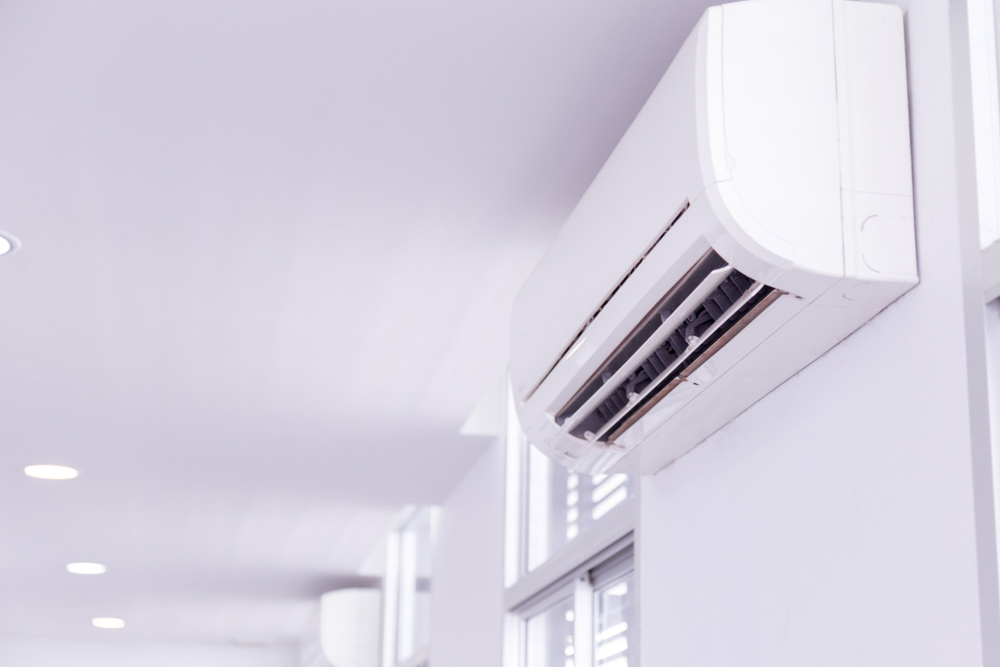In an educational setting, the temperature can have a significant effect on a student’s mood, concentration and ability to absorb and retain information.
For example, extreme heat causes tiredness, lack of focus, a drain on energy and can impact teachers as well as students.
With the right air conditioner, the humidity in the classroom can be controlled. The quality of the air can also be improved, a great benefit to those who suffer from asthma or allergies.
In the colder months, the chill can be taken out of the room, having the same effect in enabling teachers and students to engage in lessons without temperature-induced distractions.
It’s vital to choose the air conditioner that will be the most efficient for your school, and these are the four main types of systems to consider.
1. Split System Air Conditioning
A split system air conditioner consists of an external unit, drawing in air from the outside, and the internal unit which adapts the temperature of the air and disperses it through the interior.
A split system enables the temperature to be adjusted manually by the teacher in an individual classroom with a remote.
These units are cheaper to install and can be installed room by room, and added to over time. It’s ideal if you want to service only specific, compact rooms in different areas of the school.
These can be installed with minimal disruption and need only basic ongoing maintenance.
2. Multi-Split System Air Conditioning
This enables multiple indoor units connected to just one external unit.
If your school building has rooms of different sizes requiring different sizes of internal units, then this is an effective solution when ducted air conditioning is not a viable option.
Easy to install, cost-efficient, and enables teachers to set temperatures individually in up to 5 classrooms.
3. Cassette Air Conditioning
Unlike split and multi-systems which take up floor or wall space, cassette a/c’s are installed in the ceiling, with just the grille visible.
The downward direction of the air helps keep the room cool. And the efficient fan design means the airflow can be channeled in up to four different directions, making it easier to maintain the temperature across the whole space.
The unit is easy to maintain and keep clean.
4. Ducted Air Conditioning
With ducted air conditioning, a central unit is housed in the roof space with a series of ducts that deliver the cool or heated air to all the classrooms and spaces in a school building.
The air ducts are seamlessly integrated into ceilings and walls and are much quieter than split system units.
This requires a more specialised form of installation, takes longer, and has a greater upfront cost.
The benefits are that it is economical in the longer term, and the zone control enables you to moderate the temperature in different classrooms and meeting spaces or to shut it off in an unused area.
How Chill-Rite Can Help
If your school has an existing a/c system in need of repair or maintenance, or you are looking to install a whole new system, Chill-Rite has the expertise and has installed systems in many businesses and schools.
Chill-Rite also offers service contracts that give you peace of mind when it comes to your system running smoothly and efficiently at all times.
Our service includes checking and adjusting thermostats, cleaning filters and draining trays and pipes of excess water, checking for leaks, and maintaining the refrigerant at the right level.
For further information on the system that would best serve your school, or for repairs or maintenance in the Dubbo, Orange, and Mudgee areas, contact Chill-Rite online or call 02 6885 2254.

